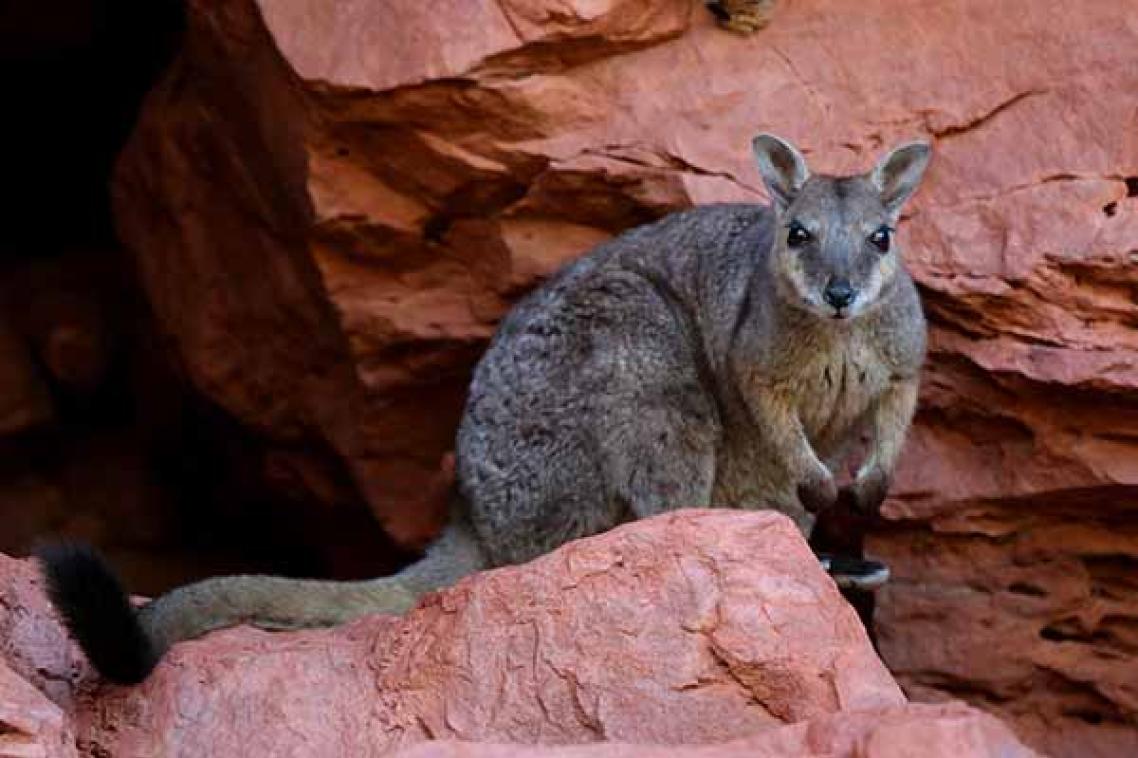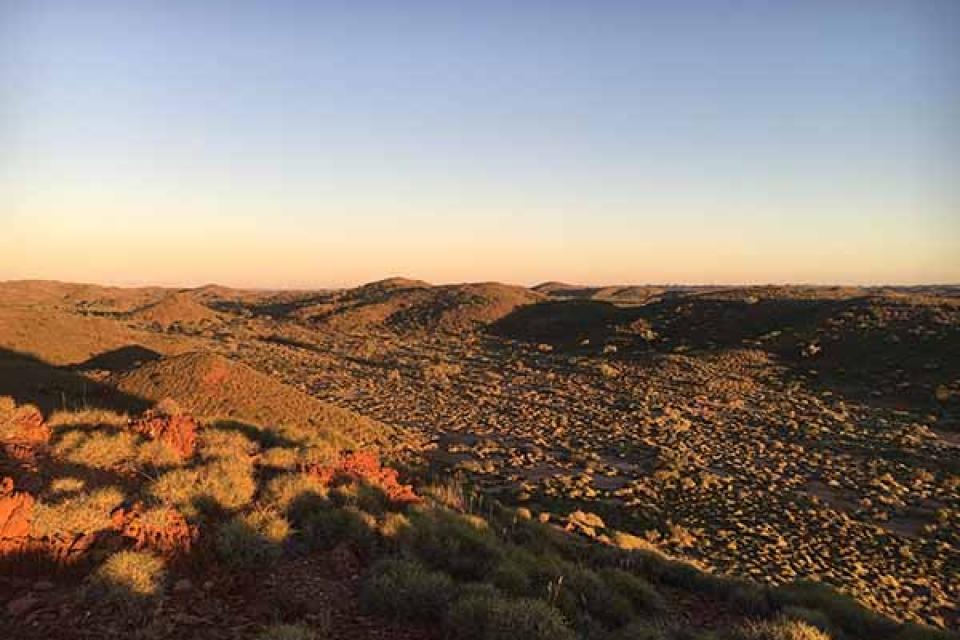Indigenous lands: a haven for wildlife

Indigenous peoples’ lands may harbour a significant proportion of threatened and endangered species globally, according to University of Queensland-led research.
UQ’s Dr Chris O’Bryan and his team conducted the first comprehensive analysis of land mammal composition across mapped Indigenous lands.
“These lands cover more than one-quarter of the Earth, of which a significant proportion is still free from industrial-level human impacts,” Dr O’Bryan said.
“As a result, Indigenous peoples and their lands are crucial for the long-term persistence of the planet’s biodiversity and ecosystem services.
“Despite this, we know relatively little about what animals, including highly imperilled species, may reside in or depend on these lands.”
The team overlayed maps of Indigenous peoples’ lands and habitat data for 4,460 species assessed by the International Union for Conservation of Nature (IUCN) to estimate the overlap of each species.
“We picked mammals as a bellwether indicator of biodiversity protection,” Dr O’Bryan said.
“This is because there’s more data about the suitable habitat of mammals and there is evidence to suggest that patterns observed in mammals may reflect other forms of biodiversity.
“In other words, if mammals are absent, other animals are likely to be absent as well.
“We’re hoping this study provides future opportunities for applying our methodology to other animal groups.

“And 646 species – or 14 per cent – have more than half of their ranges within these lands.
“Amazingly, for threatened species in particular, 413 – or about 41 per cent of threatened species tracked – occur in Indigenous peoples’ lands.
“The endangered red panda (Ailurus fulgens) and the tiger (Panthera tigris) of Southeast Asia have more than half their habitat within such lands.
“In Australia, the critically endangered northern hairy-nosed wombat (Lasiorhinus krefftii) has 100 per cent of its habitat in these lands.”
Dr O’Bryan said the work showed the importance of Indigenous peoples’ lands.
“These areas are critical for the successful implementation of international conservation and sustainable development agendas,” he said.
“Representatives of Indigenous peoples are engaging in global environmental forums and national and local collaboration frameworks, which are critical for equitable and effective cross-cultural conservation activities to be negotiated.
“Greater recognition and support for Indigenous people’s rights to, and relationships with, their lands needs to continue, and this pressing imperative needs to balance Indigenous self-determination and biodiversity conservation.
“Only through rights-based, equitable and respectful partnerships with Indigenous peoples, will it be possible to ensure the long-term and equitable conservation of biodiversity.”
The research has been published in Conservation Biology (DOI: 10.1111/cobi.13620).
Image above left: Lands of the Martu in Western Australia have significant conservation value, being part of the most intact arid ecosystem anywhere in the world and providing safe haven for threatened species such as the northern quoll and greater bilby (Credit: Christopher J. O’Bryan).
Media: Dr Christopher O’Bryan, c.obryan@uq.edu.au, +61 449 599 035; Dominic Jarvis, dominic.jarvis@uq.edu.au, +61 413 334 924.
Related articles

New data reveals how Australia’s threatened reptiles and frogs are disappearing – and what we have to do

Sunlight-powered breakthrough turns methane into valuable ethylene
Media contact
UQ Communications
communications@uq.edu.au
+61 429 056 139
